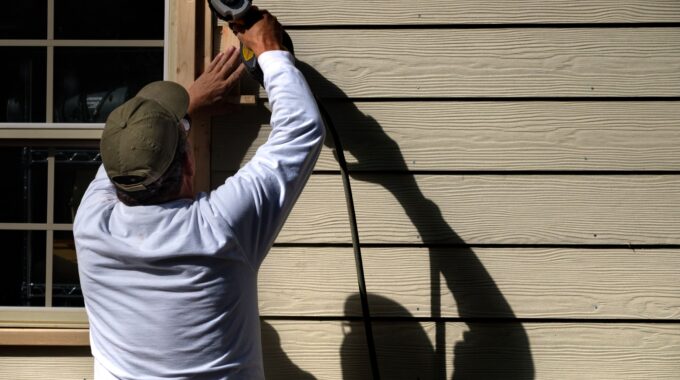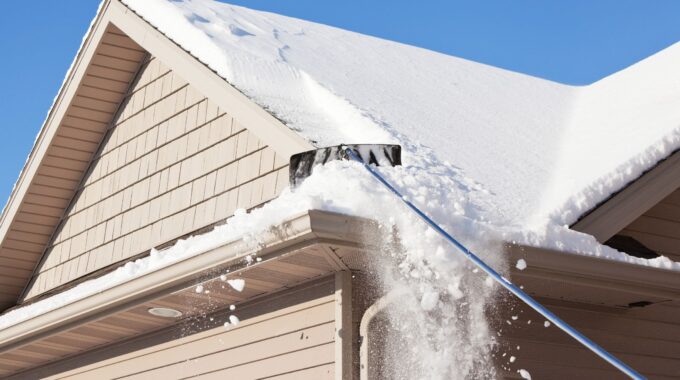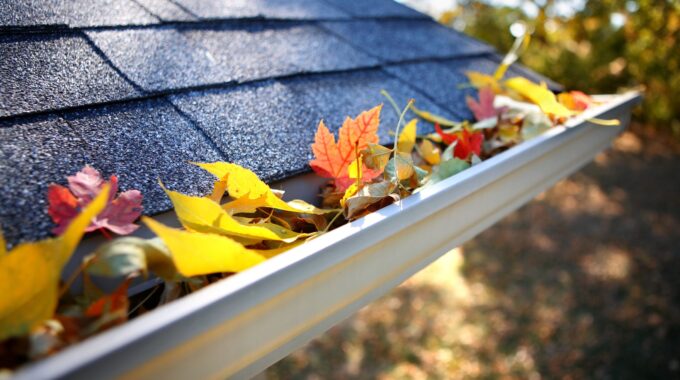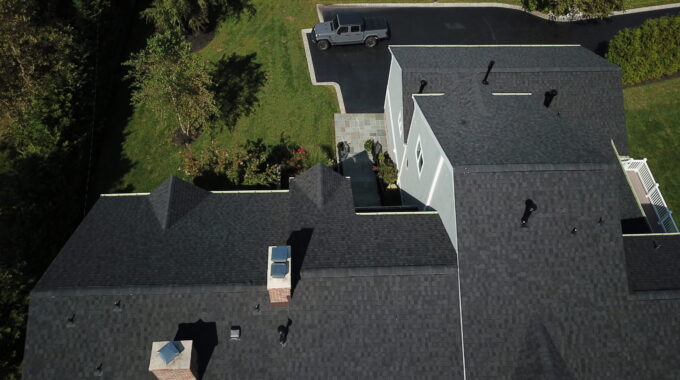
Identifying and Fixing Common Siding Problems Before They Worsen
Siding problems can be a homeowner’s nightmare. They not only affect the aesthetic appeal of your home but can also lead to serious structural issues if left unattended.
In this article, we aim to help you identify common siding problems and provide you with practical solutions to fix these issues before they worsen. We’ll also discuss preventive measures to help you avoid future siding complications.
Recognizing Signs of Siding Damage
Identifying siding problems early can save you from costly repairs down the line. Regular inspection of your siding is key to spotting issues before they worsen.
Common signs of siding damage include cracks, warping, and rot. These are often visible to the naked eye and should be addressed promptly to prevent further damage. Less obvious issues, such as underlayment damage, may require a more thorough inspection. This involves checking behind the siding for any signs of damage or wear.
Here are some signs to look out for during your inspection:
- Discoloration or fading
- Loose or missing panels
- Holes or punctures
- Bubbling or blistering
- Mold, mildew, or fungus
Cracks, Warping, and Rot
Cracks in your siding can allow water to seep into your home, leading to more serious problems like mold and structural damage. Warping or bulging may indicate a serious issue beneath the siding, such as water damage or pest infestation. Rot is another common siding problem, especially with wood siding. If left untreated, it can spread and cause significant damage to your home’s structure.
Moisture and Mold Issues
Moisture is a major enemy of siding. It can lead to a variety of problems, including mold, mildew, and rot. If you notice dampness, discoloration, or a musty smell, it’s likely you have a moisture problem. Mold and mildew can pose serious health risks and should be addressed immediately. They usually appear as black, white, or green spots on your siding.
Pest Infestations and Other Damage
Pests can cause significant damage to your siding. Termites, carpenter ants, and woodpeckers are common culprits. Look for holes, nests, or sawdust as signs of a pest infestation.
Other types of damage to look out for include hail damage, which appears as dents or cracks, and heat damage, which can cause siding to warp or melt.
Preventive Measures and Maintenance Tips
Preventing siding problems is often easier and more cost-effective than fixing them. Regular maintenance can extend the lifespan of your siding and keep your home looking its best.
Here are some preventive measures and maintenance tips:
- Regularly clean your siding to remove dirt and mildew.
- Inspect your siding for damage at least twice a year.
- Ensure proper installation and ventilation to prevent moisture issues.
- Prepare your siding for different weather conditions with seasonal maintenance.
- Address minor issues promptly to prevent them from worsening.
Regular Cleaning and Inspections
Cleaning your siding regularly can prevent the buildup of dirt, mildew, and other damaging substances. Use a soft brush and mild detergent, and rinse thoroughly with a garden hose.
In addition to cleaning, inspect your siding for damage at least twice a year. Look for cracks, loose panels, and signs of rot or pest infestation.
Proper Installation and Ventilation
Proper installation is crucial to prevent siding problems. Improperly installed siding can lead to moisture issues, which can cause rot and mold.
Ventilation is also important. Ensure your attic and crawl spaces are well-ventilated to prevent moisture buildup behind your siding.
Seasonal Maintenance
Different seasons can bring different challenges for your siding. In winter, check for ice dams that can cause water to seep behind your siding.
In spring and fall, clean your gutters to prevent water overflow that can damage your siding. In summer, inspect your siding for signs of sun damage and fading.
The Risks of Ignoring Siding Problems
Ignoring siding problems can lead to serious consequences. Small issues can quickly escalate, causing extensive damage to your home’s structure and interior. For instance, cracks and gaps in your siding can allow water to seep into your home. This can lead to mold growth, structural damage, and decreased energy efficiency.
Moreover, damaged siding can negatively impact your home’s curb appeal and value. If you’re planning to sell your home, potential buyers may be deterred by the sight of worn or damaged siding. It’s always best to address siding problems as soon as they arise.
When to Call a Professional for Siding Problems
While some siding problems can be fixed with a DIY approach, others require professional help. It’s important to know when to call a professional to avoid causing further damage to your siding.
If you notice extensive damage, such as large cracks, severe warping, or widespread rot, it’s time to call a professional. These issues often indicate underlying problems that need expert attention. Similarly, if you’re uncomfortable performing repairs or if the job requires specialized tools, it’s best to hire a professional. They have the skills and equipment to safely and effectively fix your siding problems.
The siding professionals at Roofing By Carl’s understand common siding problems that homeowners encounter in Freehold, NJ, and surrounding areas. If you have encountered issues with your siding and need professional assistance, contact us today to speak with one of our team members.





